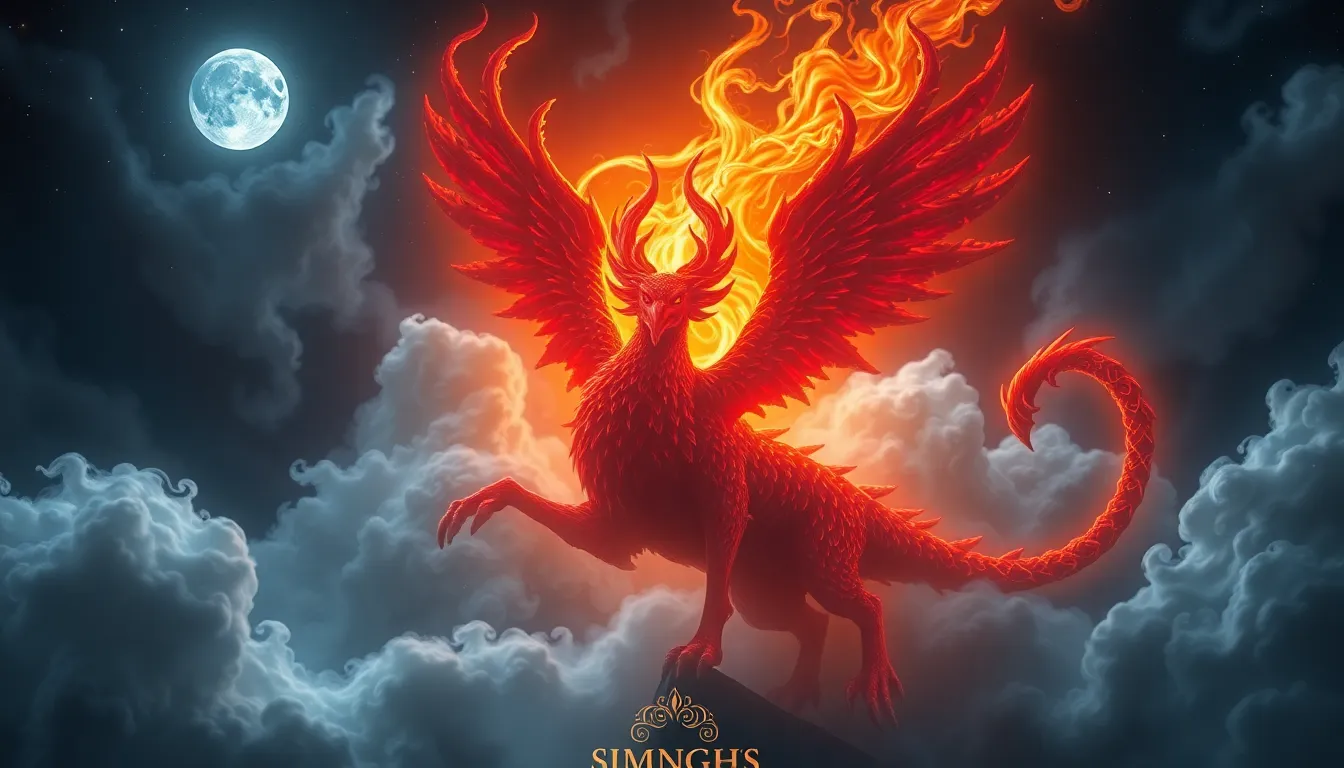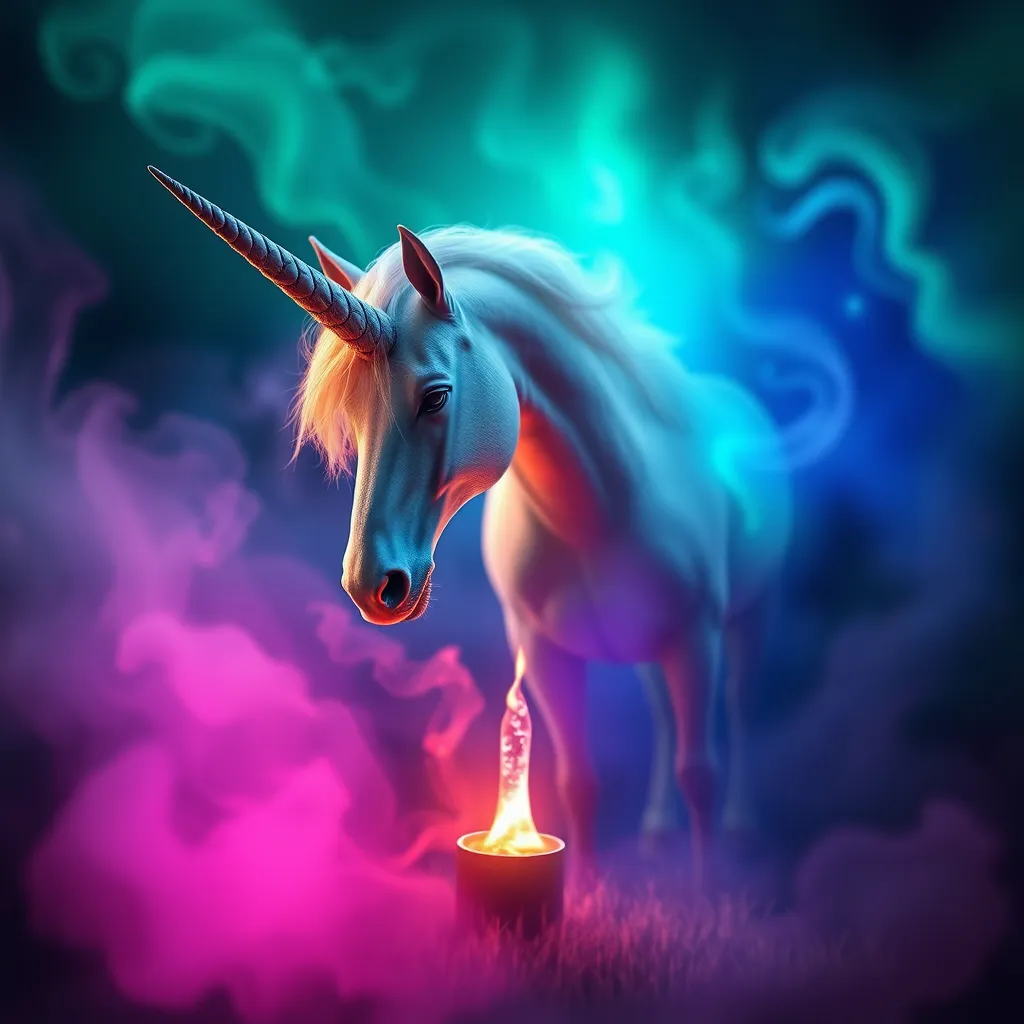The Curse of the Chimera: Navigating the Diverse Forms of Chinese Monsters
I. Introduction
Chinese mythology is a rich and intricate tapestry woven through centuries of culture, tradition, and belief. It serves as a lens through which we can view the values, fears, and aspirations of the Chinese people. Central to this mythology are the myriad monsters that populate its stories, reflecting both the fears and the moral lessons of society.
This article aims to explore the diverse forms of Chinese monsters, delving into their origins, characteristics, and roles within the cultural fabric of China. By examining these creatures, we can gain insight into the historical and social contexts that birthed them, as well as their ongoing significance in contemporary culture.
II. The Origins of Chinese Monsters
The origins of Chinese monsters are as varied as the creatures themselves, rooted in ancient texts and oral traditions that have been passed down through generations.
A. Historical context: ancient texts and oral traditions
Historical records, such as the “Shan Hai Jing” (Classic of Mountains and Seas), provide some of the earliest descriptions of monsters in Chinese folklore. These texts often blend mythology with geography, describing fantastical creatures that inhabit the diverse landscapes of ancient China.
B. Influence of religion and philosophy on monster creation
Religious beliefs, particularly those from Taoism and Buddhism, have heavily influenced the creation of monsters. Creatures often symbolize various moral lessons or serve as embodiments of natural forces, reflecting the philosophical underpinnings of the time.
C. The role of natural disasters and social fears in shaping monster lore
Natural disasters, such as floods and earthquakes, have historically been interpreted through the lens of monster lore. These creatures often personify societal fears, acting as scapegoats for calamities or as warnings against moral failings.
III. Iconic Chinese Monsters and Their Characteristics
Among the pantheon of Chinese monsters, several stand out due to their cultural significance and unique attributes.
A. The Dragon: Symbolism and cultural importance
The dragon is perhaps the most iconic monster in Chinese mythology, symbolizing power, strength, and good fortune. Unlike the Western dragon, which is often depicted as malevolent, the Chinese dragon is revered as a benevolent force associated with water, rain, and agriculture.
B. The Huli Jing (Fox Spirit): Trickster or protector?
The Huli Jing, or Fox Spirit, embodies duality in Chinese folklore. Often seen as a trickster, this creature can also serve as a protector and guide. Depending on the tale, it might seduce or deceive, but it can also be a source of wisdom.
C. The Jiangshi (Hopping Vampire): Origins and evolution in folklore
The Jiangshi, or “hopping vampire,” is a unique creature that has evolved over time. Originating from fears surrounding death and the afterlife, this monster is depicted as a reanimated corpse that moves by hopping. It embodies societal taboos regarding mortality and the consequences of improper burial practices.
IV. The Intersection of Myth and Reality
The portrayal of monsters in Chinese folklore is often influenced by historical events and real-world entities.
A. How historical events influenced the portrayal of monsters
Historical events, such as wars, plagues, and famines, have shaped the narratives surrounding monsters. For example, the creation of the Jiangshi can be tied to the fear of outbreaks and the consequences of improper funerary practices.
B. The relationship between real animals and mythical creatures
Many Chinese monsters are inspired by real animals, which have been exaggerated or transformed into mythical beings. For instance, the Qilin, often depicted as a hooved chimerical creature, is thought to be inspired by the giraffe, which was known to ancient Chinese as the “Qilin” when it was first introduced.
C. Case studies: Monsters representing societal fears or taboos
- The Huli Jing: Reflects fears of female sexuality and deception.
- The Jiangshi: Embodies anxieties surrounding death and the afterlife.
- The Bai Ze: Represents the fear of ignorance and the unknown.
V. The Role of Monsters in Chinese Literature and Art
Chinese monsters have played a significant role in literature and art, serving as symbols and motifs that convey deeper meanings.
A. Representation of monsters in classical literature
Classical literature, such as the “Journey to the West,” features numerous monsters that represent various challenges and moral lessons for the protagonists. These creatures are not only obstacles but also serve to highlight the virtues of bravery, wisdom, and perseverance.
B. Artistic depictions and their cultural significance
In art, monsters are often depicted in intricate paintings and sculptures, symbolizing the balance between chaos and order. They can be seen as guardians or harbingers of misfortune, depending on their portrayal.
C. Modern interpretations and adaptations in contemporary media
Today, Chinese monsters continue to inspire filmmakers, authors, and game developers. They are reinterpreted in various formats that resonate with modern audiences, blending traditional elements with contemporary themes.
VI. Regional Variations of Chinese Monsters
China’s vast geography and diverse cultures have led to significant regional variations in monster lore.
A. Differences in monster lore across China’s provinces
Each province boasts its own unique monsters, shaped by local beliefs and customs. For instance, the “Nian,” a monster that terrorizes villages during the New Year, varies in form and characteristics depending on the region.
B. Influence of local beliefs, dialects, and customs
Local dialects and cultural practices influence how monsters are perceived and described. This diversity enriches the broader tapestry of Chinese mythology.
C. Examples of unique monsters from various regions
- The Nian: A beast that emerges during the Lunar New Year celebrations.
- The Taotie: A gluttonous creature from the Shang dynasty, often depicted in bronze vessels.
- The Yeren: A hominid-like creature said to inhabit the remote mountains of Hubei.
VII. The Modern Reinterpretation of Chinese Monsters
In recent years, there has been a resurgence of interest in Chinese folklore and the monsters that inhabit it.
A. The resurgence of interest in folklore and myth
Modern society’s fascination with folklore has led to a revival of traditional stories, prompting a new generation to explore the rich narratives surrounding Chinese monsters.
B. Monsters in modern cinema, literature, and video games
Contemporary media has embraced these creatures, with films and video games featuring modern adaptations of traditional monsters. This blending of old and new has revitalized interest in Chinese mythology.
C. The globalization of Chinese monster narratives
As Chinese culture gains global recognition, its monster narratives have begun to permeate international media, influencing storytelling and artistic expressions worldwide.
VIII. Conclusion
In conclusion, the diverse forms of Chinese monsters reflect a complex interplay of history, culture, and societal values. From ancient texts to modern adaptations, these creatures continue to captivate and inspire.
As we navigate the rich tapestry of Chinese mythology, we are reminded of the ongoing relevance of these monsters in our lives today. They serve as allegories for our fears, aspirations, and moral dilemmas, inviting us to explore and appreciate the depth of Chinese cultural heritage.



